Mini food trucks are a “condensed version” of traditional large food trucks, usually between 3-5 meters in length, with a compact design and diverse styles. The appearance of the car body can be customized according to the brand theme, from retro neon lights to minimalist industrial style, and even incorporate animation IP elements, becoming a “visual symbol” flowing on the streets. Its core advantage lies in high mobility: without a fixed store, it can flexibly shuttle between high-traffic areas such as business districts, scenic spots, campuses, music festivals, and quickly respond to market demand. For example, it stops near office buildings in the early morning to sell coffee and breakfast, and moves to night markets in the evening to provide creative snacks, realizing “one car, multiple scenes” operation.
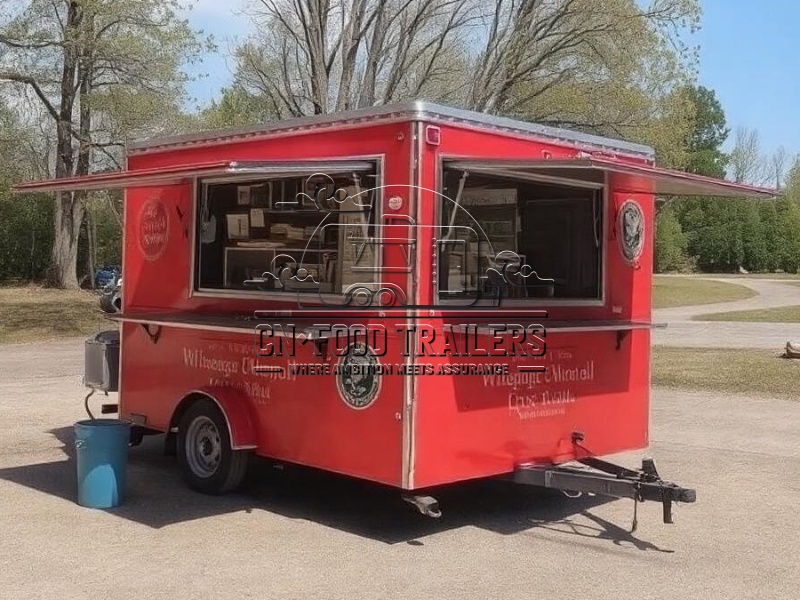
Features
1.Low cost and high return
- Compared with physical stores, mini food trucks save high rent, decoration and labor costs. The initial investment is usually between 50,000 and 200,000 yuan, which is suitable for individuals or small teams to start businesses. Its “light asset” model reduces the risk of trial and error, and is particularly suitable for testing new dishes or creating Internet celebrity brands.
2.Customization and theme
- The body design can be highly personalized, such as selling molecular cuisine ice cream with a “space theme” or launching Chinese hamburgers with a “national trend”. By combining unique visual symbols with dishes, it quickly attracts young consumers to check in and spread.
3.Environmental protection and intelligence
- Modern mini food trucks mostly use new energy power (such as electric or hybrid power) to reduce exhaust emissions; the interior is equipped with an intelligent management system that can monitor food inventory and sales data in real time, and even accept online reservations through APP to improve operational efficiency.
4.Community and emotional connection
- Mini food trucks often appear as “community partners”, such as regularly participating in charity activities, cooperating with local farms to promote organic ingredients, and enhancing consumer recognition. This “small and beautiful” operation model is easier to establish a loyal customer base.
Internal equipment
- Cooking area: equipped with a small commercial induction cooker, a multi-function oven, and an intelligent frying machine, supporting frying, baking, frying, steaming and other cooking methods.
- Refrigeration system: a combination of dual-temperature zone refrigerators + freezers to ensure the freshness of ingredients. Some models are also equipped with mobile cold storage for bulk purchases.
- Water and electricity system: built-in water purifier, sewage tank and large-capacity battery to support all-weather operation; some high-end models can be connected to the mains to meet the needs of large-scale events.
- Safety and sanitation: 304 stainless steel operating table, ultraviolet disinfection lamp and non-slip floor that meet food-grade standards ensure safe operation; some models are equipped with oil fume purification devices to reduce environmental pollution.
- Display and interaction: transparent window design intuitively displays the cooking process, LED menu screen dynamically updates dishes, and some models are also equipped with self-service ordering machines to reduce queuing time.

Application
1.Urban business scene
- In shopping malls and office building clusters, mini food trucks provide “grab and go” light meal packages, such as sandwiches and freshly squeezed juices, to meet the needs of white-collar workers for fast meals.
2.Cultural tourism and event economy
- In large-scale events such as music festivals and marathon events, mini food trucks appear in the form of “themed pop-up stores” and launch limited-edition food (such as event-themed burgers and music festival special drinks), which become the highlight of the event.
3.Rural revitalization and agricultural assistance
- Some food trucks cooperate with rural cooperatives to process local specialties (such as mountain honey and fresh fruit from orchards) into portable foods, which are exhibited and sold in scenic spots or cities to help agricultural products go up.
4.Online-to-offline integration (O2O)
- Publish food truck locations and new product information through social media (TikTok, Xiaohongshu) to attract fans to check in at the store; at the same time, provide takeaway delivery services to expand the service radius.
5.Enterprise customized services
- Provide “mobile canteen” services for science and technology parks, schools, etc., and customize healthy meals according to needs; or use it as a brand marketing tool to provide customized tea breaks at press conferences and exhibitions.

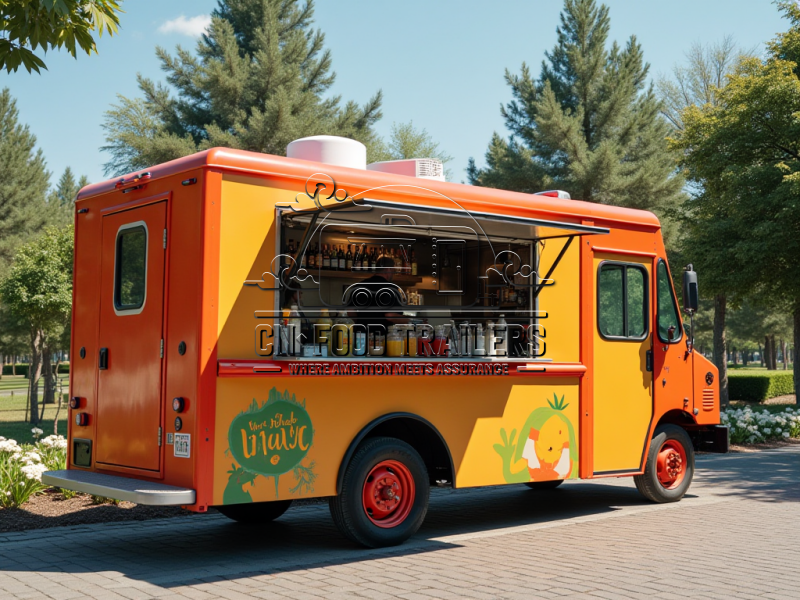

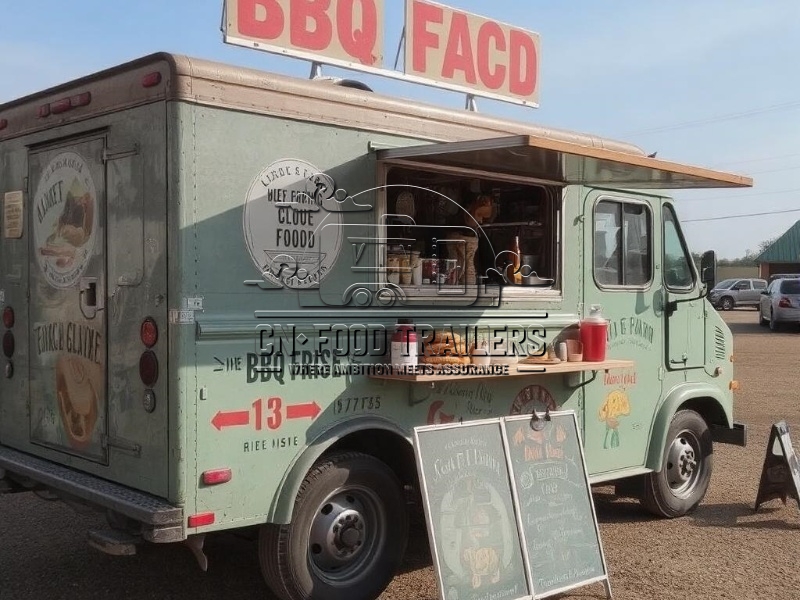
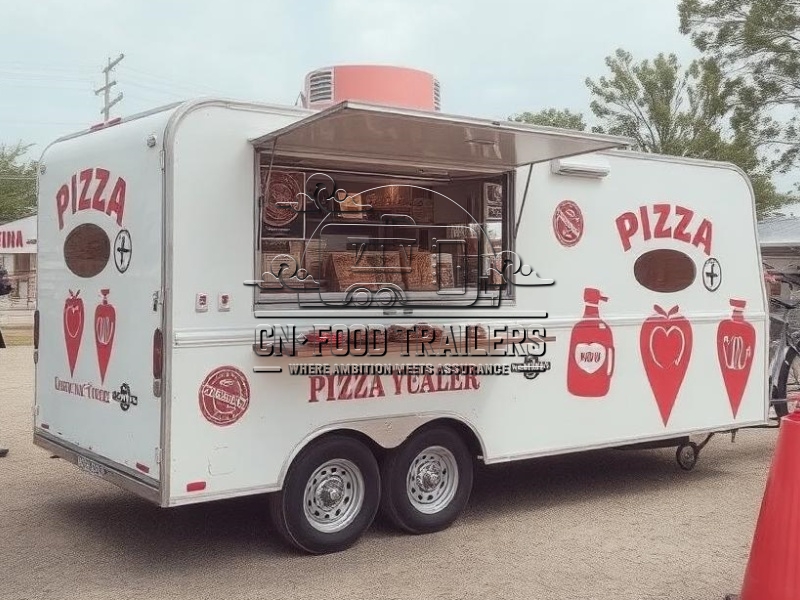
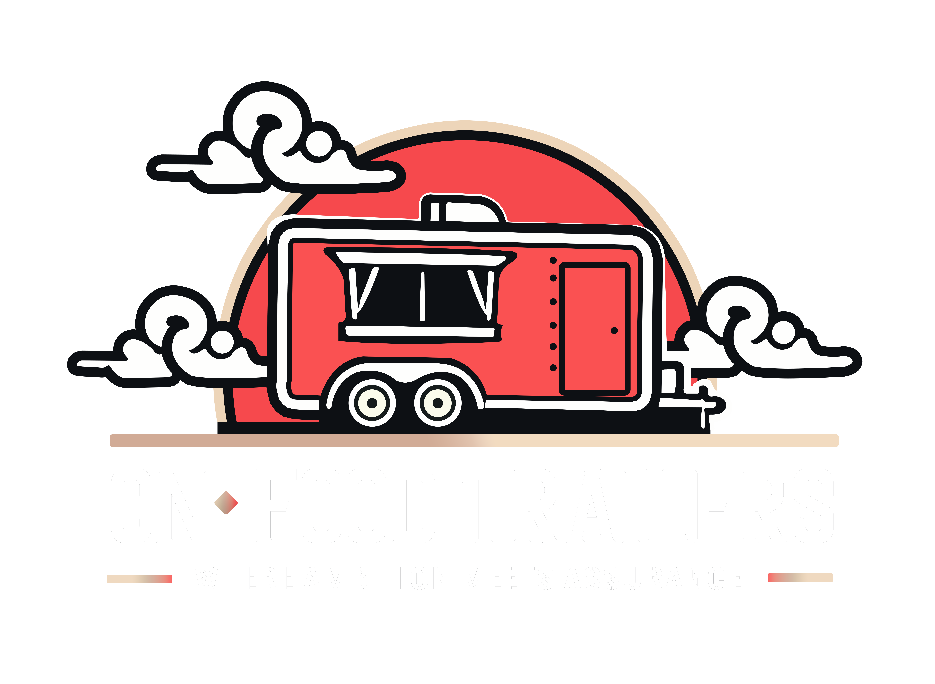
Leave A Comment